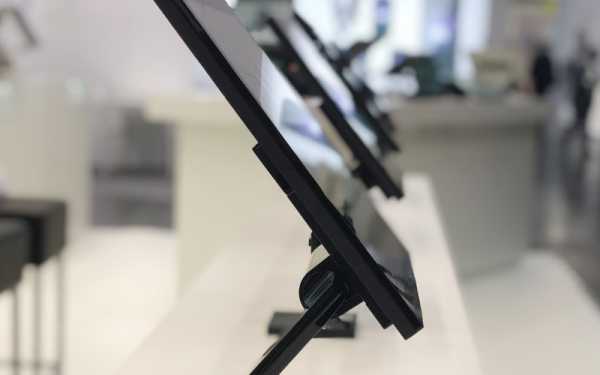Every retailer needs to control costs and find ways to reduce overhead. Technology has become a significant overhead cost for virtually every retailer, rivalling staffing costs and rent. PCs and laptops, network infrastructure, POS systems, digital signage, printers and peripherals, and the software used to run it all – adds up to a major capital investment.
Naturally, business owners want to keep these costs under control. When it comes to upgrading systems or adding capabilities, a key factor to consider is the cost and return on investment. Ultimately, businesses want to minimize the investment while getting the highest possible ROI.
While the logic behind this is fine, it can often lead to misguided decisions. When buying POS hardware, for example, the temptation can be to use cost as a key determining factor, opting for the cheapest as an obvious way to reduce expenditure. The assumption is that the difference in performance will not be enough to make a huge difference in ROI. Therefore, cheaper hardware offers a better deal.
Total Cost of Ownership
There are two dangers with this way of thinking. One is that it is easy to underestimate just how much difference a better, more powerful POS terminal can make to productivity. Faster processing means quicker transaction handling, which over time adds up to considerable gains in service quality and efficiency. A more powerful computing platform means you can run bigger and better software, adding to your capabilities over time without having to upgrade your hardware.
This brings us to the second issue. When you are considering cost savings, it is a mistake to only think about upfront expenditure. When we talk about Total Cost of Ownership (TCO) of POS systems, we include a variety of factors on top of the initial purchase price. TCO includes the installation and set up costs of migrating to a new system, such as data and software transfer and staff training. But crucially, it also includes ongoing costs — maintenance and repair fees, software updates, the lifecycle of the hardware before you have to upgrade to a new system.
Ultimate reliability
AURES leads in POS product quality, performance and ultimate reliability. Although the initial price of an AURES terminal may be slightly higher, in the majority of cases the choice to run AURES terminals results in a lower TCO.
In feedback from suppliers and end users, reliability is cited as consistently high. Fewer glitches and outages mean lower maintenance and repair costs, less downtime, your systems working at their optimum more of the time for better productivity.
Cutting-edge processors and high-quality components deliver fast, efficient performance while running the most robust software platforms. Not only does that mean you can process transactions more quickly and deliver better service, it also means you can bring added value to your business, including integrating POS operations with the rest of your business platforms.
When you combine performance, reliability and longevity, better quality POS hardware helps to future-proof your systems. As technology progresses and software gets more advanced, POS terminals have to keep pace. At AURES, we design our terminals with the future in mind, including processing capabilities that will readily adapt to advances in software for years to come.
When you add up lower maintenance costs, less downtime, better performance and longer lifecycles, it becomes clear that you get what you pay for. A high-quality and reliable POS system delivers the better value.




